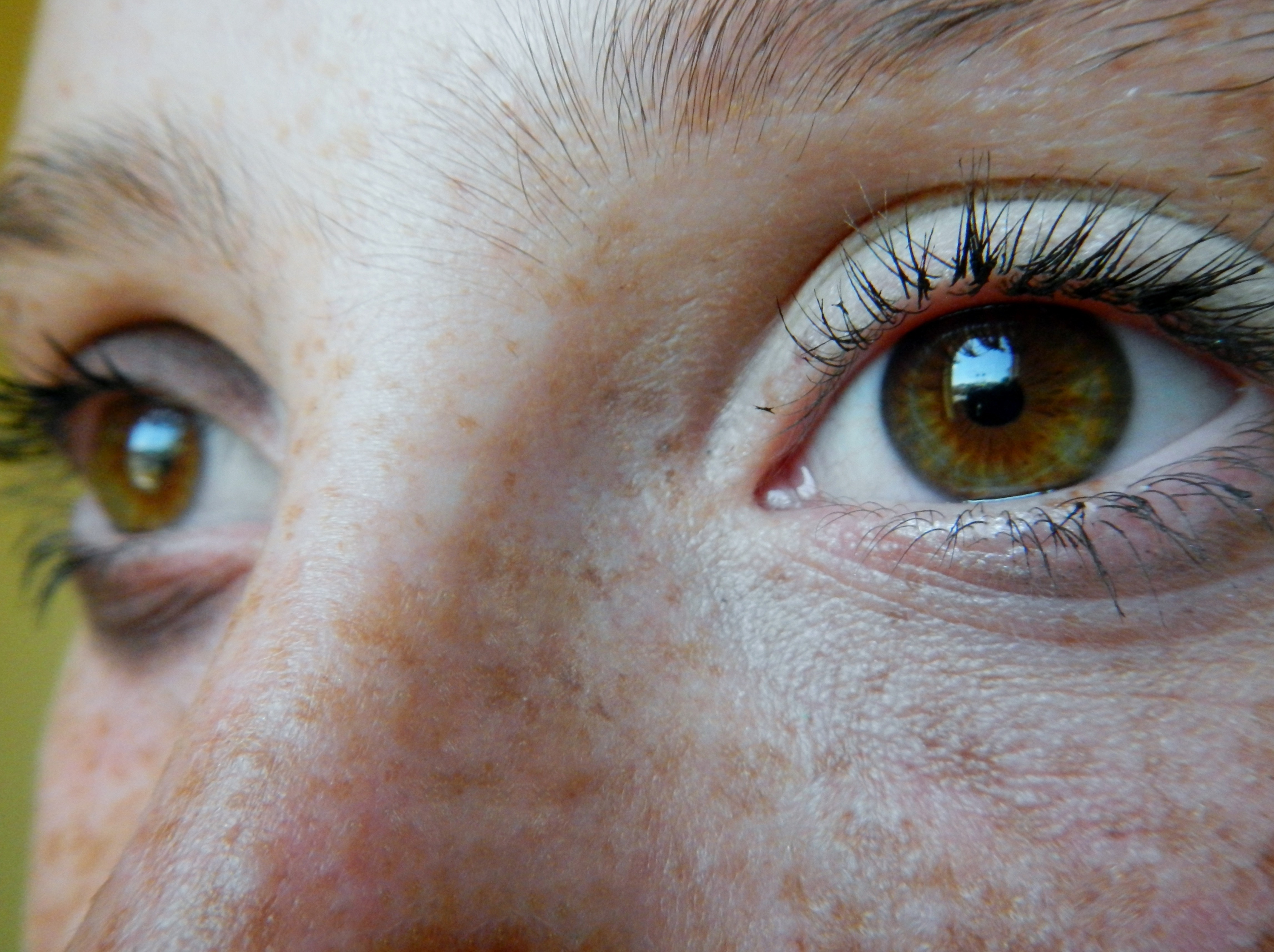Since the concussion conversation catapulted to the front of the news cycle, there have been tons of attempts to make sports, particularly football, safer for players. But so far, none have quite hit the mark. There have been attempts to create helmets with sensors that measure blows to the head, but they can’t indicate a concussion. And while doctors on the sidelines can use ImPACT Testing, the medical standard for diagnosing concussions and making decisions on safe return to play, there is some self-reporting required of the players — and players who really want to get back into the game could lie about symptoms. Now, there’s a new technology that doesn’t leave any room for interpretation… and it could potentially be a game changer (some pun intended).
This new technology, called Oculogica, is the brainchild of NYU neurosurgeon Uzma Samadani. Uzma was involved in an experiment designed to measure the level of damage in seriously brain injured patients. While the subjects watched TV, a camera tracked their eye movements 500 times per second. From there, it was all algorithms and math. The goal was to determine how well brain injured patients watched TV, but the results turned out to be much more interesting. The data showed that in every patient, the type and level of brain injury correlated with their eye movements — the more out of sync the eye movements, the more severe the injury.
So here’s how it works. The Oculogica measures eye movements that are imperceptible to humans, and then correlates them to a level of brain injury. The belief is that this simple test can definitively prove whether or not a player has a concussion. In an interview with Newsweek, Sean Grady, head of the neurosurgery department at University of Pennsylvania, explained that current tests involve some subjectivity on the part of the physician. Because this utilizes visual tracking, he explains, “it’s a repeatable test that’s not subject to interpretation.”
The tech can be built into small, portable devices that every sports team could have and afford — there’s even a possibility that as this technology progresses it could be built into a smartphone or tablet. And it doesn’t take long. The eye-tracking algorithm takes less than 4 minutes. Pretty cool, huh?
While more research needs to be done, if this technology lives up to its promise, it could be a huge step toward keeping our players safer. Uzma and her team have 2 pending scientific papers on the research, and have submitted 4 patents. The tech is currently being piloted in New York and right here in Philadelphia.
To learn more, check out this great Newsweek article or visit Oculogica’s website. Then let us know what you think! Do you think this technology will make sports safer? Or do you think it’s just another in a long line of over-hyped tools?







